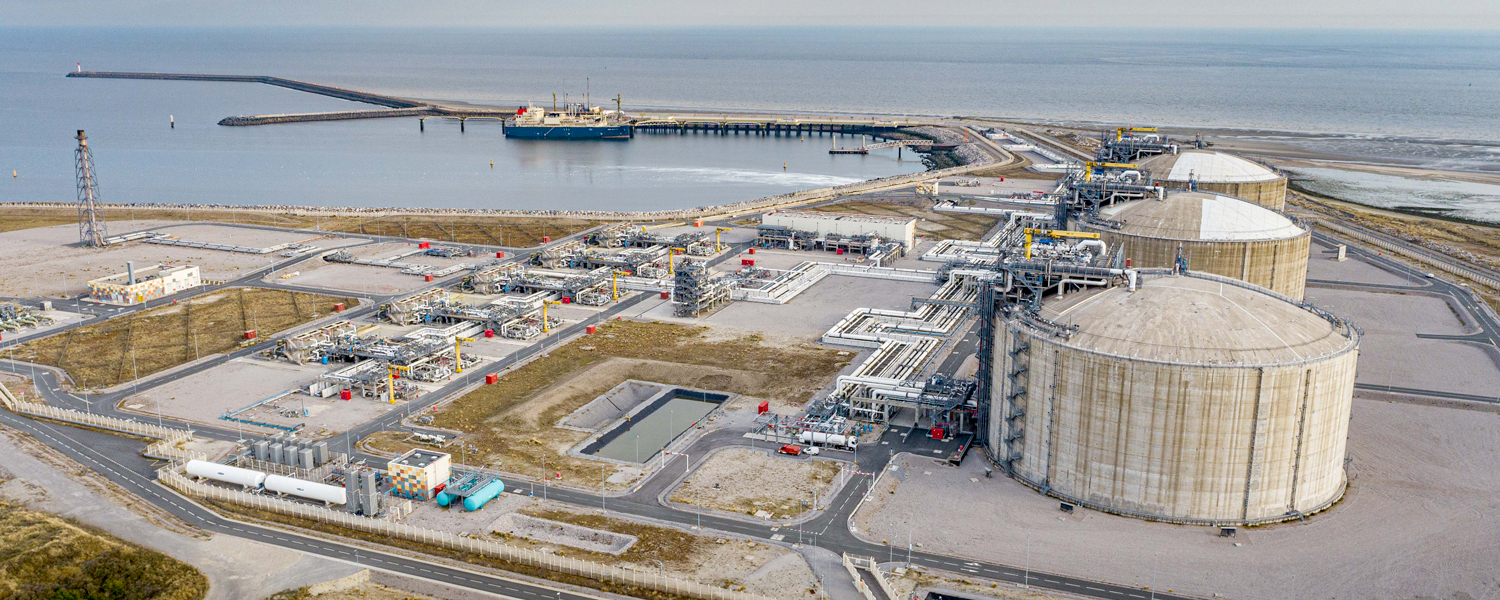Version imprimable de l'article

Business GNL
23/06/21
The LNG market is in a state of constant evolution. The Covid-19 health and economic crisis has complicated the picture even further. The Fluxys Group and Dunkerque LNG, one of its subsidiaries, are constantly adapting in line with market fluctuations and customer expectations. Pierre Dumont, Head of Corporate Commercial LNG at Fluxys, explains.
Over the last eighteen months, Fluxys’ teams have been working hard to satisfy customers and maximise complementarity between the Group’s two terminals, Zeebrugge and Dunkirk. This has been a period of great fluctuation for the LNG market. During the second half of 2020 and at the very beginning of 2021, the number of LNG tanker unloading operations fell sharply at both Zeebrugge and Dunkirk. Thus, in December 2020 and January 2021, in the middle of winter, no more than two and three LNG tankers respectively were unloaded at these terminals to supply the French and Belgian markets. This very unusual situation was due to exceptional demand from the Asian market, which experienced a cold spell and a faster growth recovery than ours. This was also reflected indirectly in the relatively stable number of LNG transshipments for the Asian market carried out at Zeebrugge. The market has recovered in recent months. In April alone, for example, 17 shipments from all origins were unloaded at the two terminals. The teams at the Dunkerque LNG terminal even achieved a new record with 11 ships received in April.
The market for road tankers loaded with LNG has grown very strongly at both Zeebrugge and Dunkirk. The demand for LNG transported by tank truck in Europe is growing rapidly. More and more freight transport companies are opting for LNG trucks to meet the emission standards applying to their business. The number of LNG filling stations in Europe has quadrupled in the last five years. Currently, there are nearly 350 of them. Despite the low supply of LNG over the winter period, the combined appeal of the two terminals has enabled them to jointly safeguard the supply of LNG transported by road tanker.
Both terminals have also been handling an increasing number of small LNG bunker ship loadings, with a successful first operation at Dunkirk on 28 April. In total, eleven small ships were loaded at the two terminals. These new services appeal to customers because the use of LNG has an immediate positive impact on maritime and river transport due to its positive emissions profile compared to other fossil fuels, both in terms of greenhouse gas emissions and air pollutants.
The year 2021 has also been marked by calls for expressions of interest from the market for regasification capacity and in 2023, of the 13 billion cubic metres of regasification capacity at the Dunkirk terminal, 3.5 billion will be available. An opportunity to expand the customer portfolio.
New prospects are also emerging in this constantly evolving sector. The Fluxys Group is continuing to adapt to the decarbonisation market and will soon be making bio-LNG available to its customers. It has the advantage of being carbon neutral and offers both freight companies and ship owners the opportunity to take the step towards complete decarbonisation. Europe needs LNG, which is one of the energies of the future. We are therefore confident about the future of the Dunkirk and Zeebrugge terminals.
Article présenté sur la lettre d'information : Juin 2021
Il est exigé que les participants précisent leurs nom, prénom, ainsi que leur adresse mail. Ces données, réservées à Dunkerque LNG, ne seront pas publiées à l'exception du prénom et de l'initiale du nom.
La publication des avis et commentaires est soumise à modération : prendre connaissance de la charte